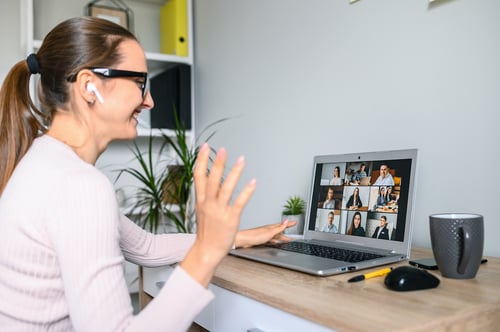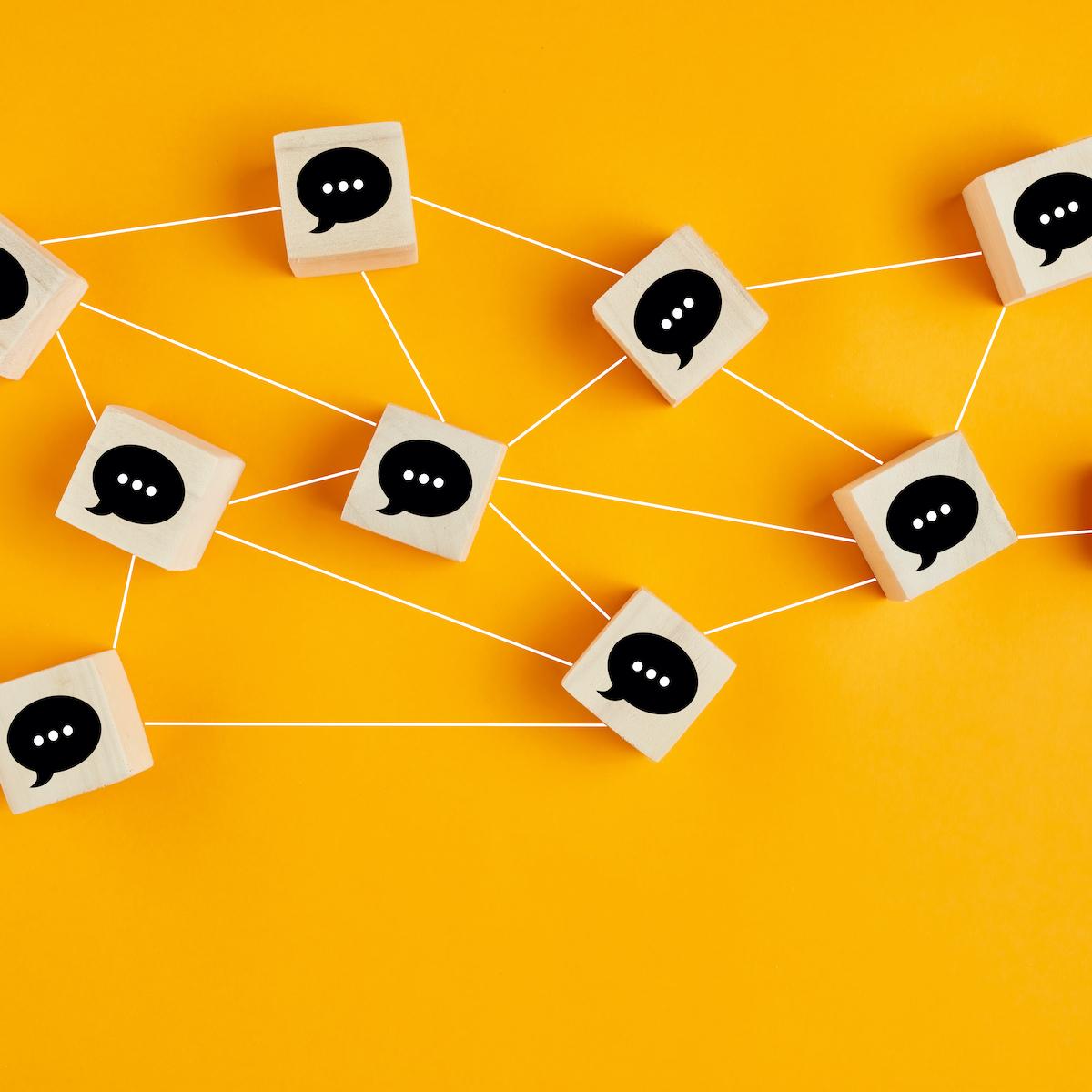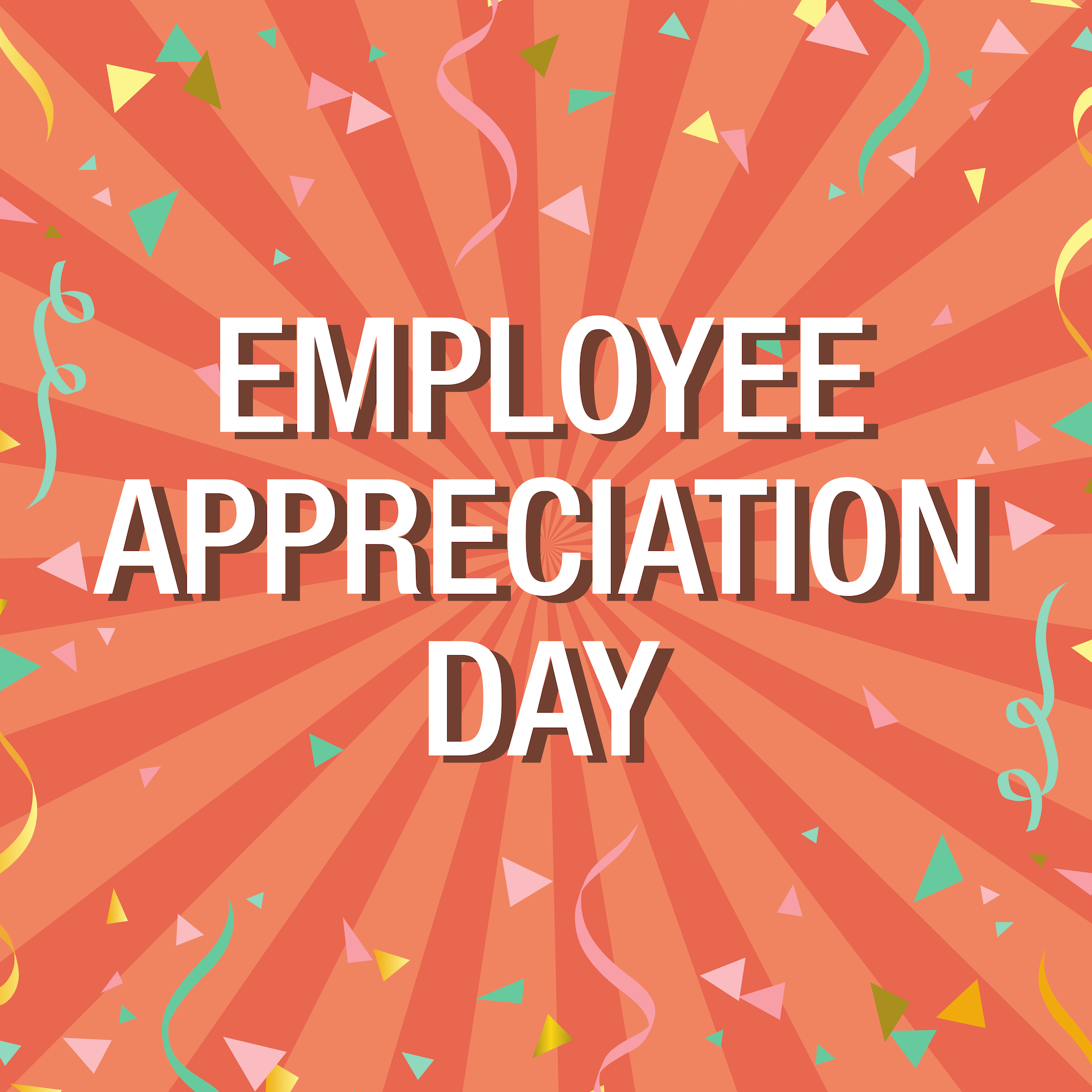If the COVID-19 pandemic has taught businesses anything, it’s that we need to reach our people at the right time with the right information, no matter where they’re working. Along with the changes in the way we work, there have been changes in the ways we communicate – and there’s no one-size-fits-all approach.
Each workforce is unique and no two organizations are the same, which is why your communications strategy should be flexible and agile.
While some organizations were familiar with hybrid working before the pandemic, there has been a large increase in companies opting for hybrid workforces in the last year. Hybrid working could mean people are on the front lines, working from home or working in the office.
With our people spread out across various locations, it’s paramount that we centralize our digital tools in order to better connect our people, to reach them wherever they are.
Let’s walk through the different types of workers and ideas for effectively reaching them with your communications:
| Remote workers |
| Office workers |
| Frontline workers |
Remote workers
The ones who have a newly defined office that they’ve been working from for over a year – their home. They could also be ones who live far away, the field worker whose office is their car or truck or the new parents on parental leave.
 This group has grown significantly over the last year, and it’s key to make sure that remote workers don’t feel that they’re missing out on all the action and instead feel kept in the loop and engaged. This is especially important if your office has turned to a hybrid work model, where some of your employees are in the office and others are remote.
This group has grown significantly over the last year, and it’s key to make sure that remote workers don’t feel that they’re missing out on all the action and instead feel kept in the loop and engaged. This is especially important if your office has turned to a hybrid work model, where some of your employees are in the office and others are remote.
The pandemic has expedited the evolution of remote work. Year-over-year this trend will only continue to rapidly grow along with technology’s speed. It’s up to us as HR professionals to make sure each employee sees the information that’s most relevant to them, but on their own time. Communications should be accessible any time of day to reach workers who are on-the-go or after they put the kids to bed.
An employee communications platform is a great way to achieve this, as employees can access company-wide communications from their computers or from their phones when it’s convenient for them.
Learn more about how to improve employee communications in your company »
Office workers
The ones who are right in the center of the action (even if they're not in the office every single day). This group has the opportunity to socialize and communicate both online and face-to-face. Use this to your advantage when it comes to employee communications. As we begin to return to our offices, it’s important to find creative ways to reach employees during the transition.
Posters or announcements around the office are effective here, or an employee engagement platform that helps bring all employee communication into one central place and gives an opportunity for the office 'buzz' when a new blog goes live.
An employee engagement platform benefits all employees – not only office workers, but also remote or deskless workers who aren’t necessarily in the centre of the action each day, allowing them to stay up-to-date with company news and updates. The key is to use attention-grabbing and relatable content that gives the employees a takeaway – maybe it’s about an upcoming event, an award the company won or an announcement relating to a new company benefit.
Frontline workers
The ones who are on the front lines every day with your customers, patients or other colleagues. The pandemic has shown us how difficult it can be to reach frontline employees in times of change, so it’s important to have communication strategies in place so that we’re prepared. These employees may not sit at a desk all day or have the option to work from home. Frontline workers should get equal access to communications whenever and wherever they want, while also being able to interact with fellow workers even if they aren’t by their side.
It’s your job as a communications or engagement manager to reassure this group that we know they’re there, we know they’re listening and we value them just as much as everyone else.
Embracing the power of dedicated employee communications platforms provides the ability to send mobile alerts, push-notifications, and segmented messages on multiple devices so that the right people get the right message at the right time, without adding to the administrative burden of already busy HR teams. With the Connect+ app, employees can read blog posts or company announcements on their cell phones or tablets to ensure they’re always kept in the loop. Use consistent and visible updates to connect and unite your workforce.
Whether your employees are working from home, in the office or on the front lines, it’s important that your communications strategy is flexible enough to reach your entire workforce, even as the workplace changes. If you’re ready to evolve your communications strategy to reach your people, get in touch with us, and we’ll show you how we can help.

 Catrin Lewis
Catrin Lewis



